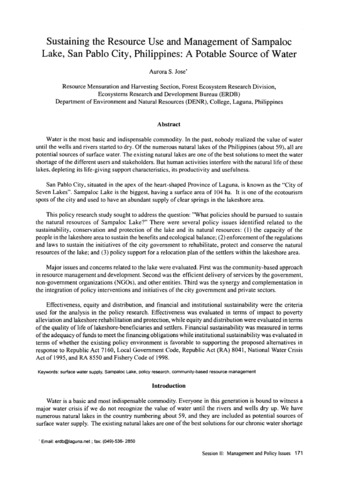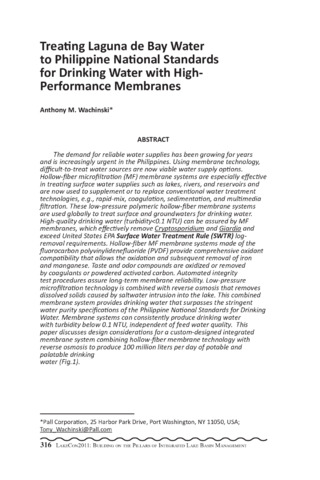Effects of UV-treated sea water, chlorinated sea water, and formalin-treated copepods on survival and growth of newborn seahorses, Hippocampus comes
- Global styles
- MLA
- Vancouver
- Elsevier - Harvard
- APA
- Help

Download URL
cmsadmin.atp.co.ilDate
2011Page views
2,128ASFA keyword
Taxonomic term
Metadata
Show full item record
Share
Abstract
Seed production of the seahorse Hippocampus comes was examined using different types of sea water (UV-treated, chlorinated, sand-filtered), and formalin-treated copepod Pseudodiaptomous sp. as a food organism. Growth and survival of newborn seahorses (8.9±0.0 mm stretched height, 0.004 g) were monitored until day 30 after birth. Growth (stretched height and weight) was significantly higher (p<0.05) in UV-treated sea water (41.4±0.5 mm, 0.23±0.00 g) than in chlorinated (33.8±1.4 mm, 0.16±0.00 g) or sand-filtered (32.8±0.1 mm, 0.16±0.00 g) sea water. Survival was significantly higher in UV-treated (65.6±1.1%) and chlorinated (62.2±4.0%) sea water than in sand-filtered sea water (41.1±1.1%). Survival of seahorses fed 30 ppm formalin-treated copepods (95.3±1.8%) was significantly higher (p<0.05) than of seahorses fed untreated copepods (78.7±5.5%) on day 8. On day 15 survival was 78.7±9.68% in seahorses fed formalin-treated copepods and 0% in those fed untreated copepods. By day 30, survival of seahorses fed formalin-treated copepods was 64.7±9.82%. On the day of the final comparison (day 10), there was no difference in size between groups. Thus, the present study demonstrates that survival and growth of newborn seahorses is significantly improved in UV-treated water, and survival is markedly maintained by treating food organisms in formalin.
Suggested Citation
Buen-Ursua, S. M. A., Azuma, T., Recente, C. P., & Batatin, R. E. (2011). Effects of UV-treated sea water, chlorinated sea water, and formalin-treated copepods on survival and growth of newborn seahorses, Hippocampus comes. The Israeli Journal of Aquaculture-Bamidgeh , 63, 7 pp. http://hdl.handle.net/10862/2112
Type
ArticleISSN
0792-156XCollections
- Journal Articles [1258]
Related items
Showing items related by title, author, creator and subject.
-
Series: Summary of Proceedings No. 1/2013;
Water quality trends of the Rinconada lake system and the implications in lake management
Palma, Adelaida L. (PCAARRD-DOST, 2013)Monitoring of important water quality parameters were conducted in the Rinconada Lake System in Camarines Sur composed of Lake Bato (3,800 ha), Lake Buhi (1,800 ha), and Lake Baao-Bula (400 ha). Monthly samplings were ... -
Sustaining the resource use and management of Sampaloc Lake, San Pablo City, Philippines: A potable source of water
Jose, Aurora S. (Southeast Asian Regional Center for Graduate Study and Research in Agriculture (SEARCA), 2005)Water is the most basic and indispensable commodity. In the past, nobody realized the value of water until the wells and rivers started to dry. Of the numerous natural lakes of the Philippines (about 59), all are potential ... -
Series: Summary of Proceedings No. 1/2013;
Treating Laguna de Bay water to Philippine National Standards for drinking water with high-performance membranes
Wachinski, Anthony M. (PCAARRD-DOST, 2013)The demand for reliable water supplies has been growing for years and is increasingly urgent in the Philippines. Using membrane technology, difficult-to-treat water sources are now viable water supply options. Hollow-fiber ...





